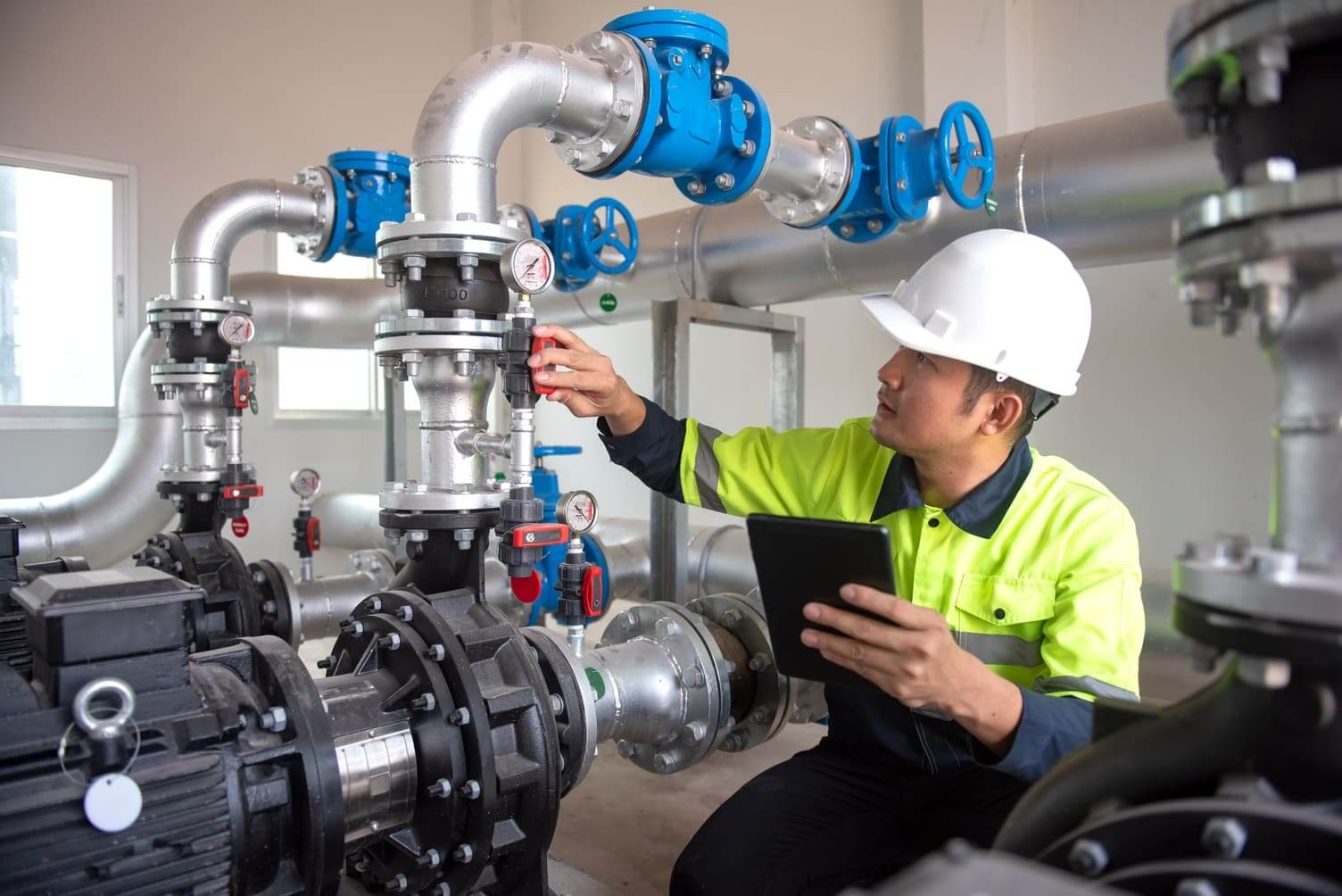The many advantages of investing in asset management become more evident as technology advances and industrial maintenance engineering develops. Asset management is a strategic tool to optimize work while increasing competitiveness and profitability.
Managers can waste time, money and resources when only allotting for emergency maintenance repair methods. To avoid losses and headaches, it’s important to view total productive maintenance as essential to good production flow and acquire the best tools for asset management.
Types of maintenance: the complete guide
The most important tools for good asset management
There are several methods and software that help maintenance managers control expenses, schedule activities efficiently (and even automatically), and predict failures to reduce unexpected machine downtime.
When implemented regularly in a maintenance routine, these techniques bring updates regarding market trends while increasing safety and profits.
By applying the tools that will be presented below and measuring their efficiency through the essential management KPIs, you can guarantee your organization will experience the benefits mentioned above as well as other advantages of working with strategic, efficient, and diversified asset management. Check out these techniques and how to implement them below.
TRACTIAN was named one of the fastest-growing SaaS companies in the world
Backlog
Backlog is the sum of all planned, scheduled, executed, and pending maintenance service hours. This includes corrective, preventive and predictive maintenance.
Simply put, backlog is the labor time required to perform all maintenance services. This indicator incorporates all activities that still need to be done -not only those that are overdue - which makes it an excellent ally for asset managers. This is especially important for those who lead larger teams.
Reliability-Centered Maintenance (RCM)
Developed by the US Army to extend equipment uptime efficiently and lower costs, RCM is a strategy that aims to optimize an organization’s maintenance plan.
RCM aims to identify the main activities that will increase the availability and reliability of any production process and reduce asset maintenance costs as much as possible. Results are so impressive that, over time, RCM has evolved into one of the most efficient and profitable models for industrial maintenance management.
Discover all you need to know about RCM (Reliability Centered Maintenance)

TPM: Total Productive Maintenance
Although the name Total Productive Maintenance is in English, the method was created in Japan in the 1970s. Its purpose is to increase the asset’s production capacity through continuous improvement and modification of the maintenance techniques adopted.
After all, every company that wants to increase competitiveness must preserve its machines by ensuring they are kept in optimal condition.
Therefore, the TPM technique is focused on correcting and preventing asset failures as well as eliminating losses in the manufacturing process.
What is Total Productive Maintenance (TPM)? Check it out here.
5 Whys & 2 Hows
As one of the simplest tools on the list, 5W2H is an effective and versatile method that can be used in several situations. It helps organize maintenance activities and create an efficient action plan by establishing what tasks are necessary for success.
By creating a checklist, this action plan visualizes all steps and problems for easy understanding.
The name “5 Whys and 2 Hows” (5W2H) implies its meaning: the 7 letters that form the acronym correspond to the questions that should be asked in any management plan:
Check out our complete guide to Maintenance Planning and Control (MPC)

FMECA
Failure Mode Effects and Criticality Analysis (FMECA) is an efficient way to analyze the criticality of equipment. This method indicates how and why a given asset can fail and how to ease consequences if that asset does fail.
In addition, it considers a criticality effects analysis that calculates the probability that the failure will not occur and its severity if it does. FMECA identifies the number of failures plus the frequency and severity of the detected failures, while also monitoring the effectiveness of corrective maintenance.
Implementing FMECA improves production results by avoiding failures and promoting continuous improvement through the analysis of previous machine downtime.
Learn all about the matrix of criticality and how to classify your assets
PDCA cycle
An acronym for “Plan - Do - Check - Act”, the PDCA cycle (also known as the Deming Cycle) is an iteration method - one that is repeated over and over again - used for the control and continuous improvement of production processes.
This tool helps organize ideas and projects by splitting work into several stages and tasks. Check out the PDCA step-by-step:
TRACTIAN is ranked as one of the 3 best maintenance software in the world

Online asset tracking software
It’s clear that technological tools positively impact a variety of industry sectors, including maintenance. With process automation, the whole team can invest effort in tasks that matter most, avoiding errors and eliminating production losses.
This automation is done through online asset tracking software, which helps managers better organize maintenance activities, schedule work orders, monitor and analyze assets and their lifetimes, calculate production efficiency, among other key advantages to improve maintenance management.
TRACTIAN is an example of an asset tracking system which focuses on critical data that generally passes unnoticed in inspections performed by humans. The platform uses Artificial Intelligence to enhance maintenance management and ensure greater efficiency and profitability, reducing maintenance costs by up to 60%.
Check out more about the TRACTIAN online monitoring platform here
The main tool is a good manager
The techniques and solutions presented above bring excellent results so long as they are led by a manager who thinks strategically and understands the importance of using technology and predictive maintenance to extend asset lifetime, improve equipment performance, optimize manual work and avoid downtime.
How to achieve World Class Maintenance (WCM) in your industrial plant?
One of the best strategies for attaining zero downtime is to use asset-tracking software to monitor machines. This is because software is able to detect information needed to evaluate the equipment - and in some cases, the software will perform the analysis and diagnostics by itself.
TRACTIAN named in the Capterra Ranking for emerging favorite CMMS and OEE Software
For excellent asset management, the methods listed above are great allies and easy to implement. Not only does TRACTIAN anticipate failures and help you take control over your assets, we automate work orders, facilitate preventive inspections, assist activity planning and increase the efficiency of your team. Talk to one of our specialists or schedule a demo to learn more.


